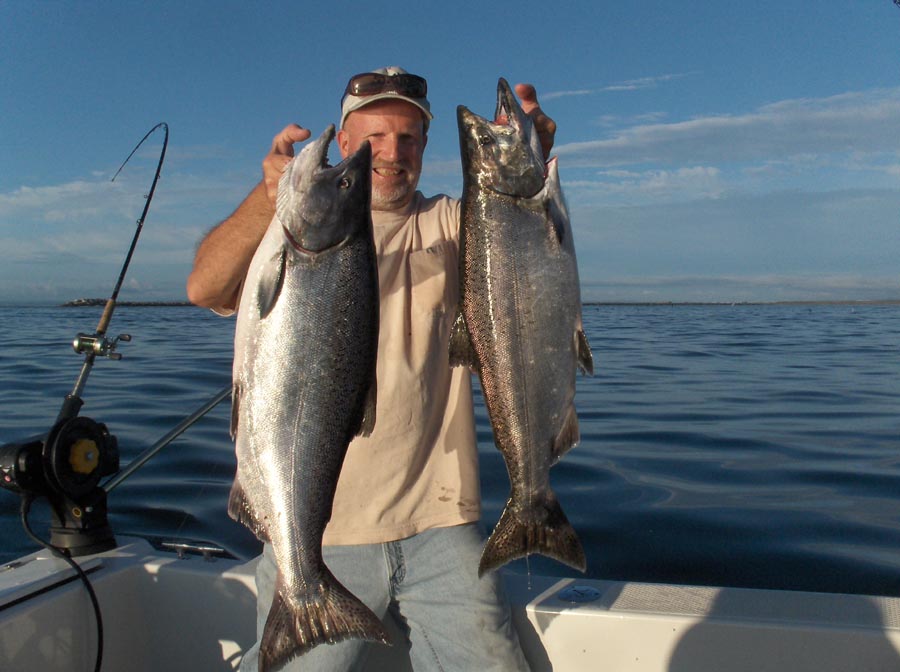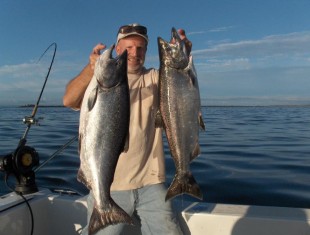
By Earl Sande
Anyone who spends much time in the woods around here in March and April knows something about trilliums, but few people know much about their complicated life history that has kept them living on the planet for millions of years.
A few months ago my sister Eileen reminded me of how much fun we had as little kids roaming the forest behind our house near Tahuya looking for the first trillium flowers of the year. They seemed to be one of the favorite native wild flowers of the adults we knew back then.
November through February can be dark, gloomy, cold, wet, windy and more. The month of March along with the first sighting of the beautiful white flowers of the trillium are a sure sign that the worst part of winter is over and the new life of spring is about to begin.
As kids, we would have been amazed that the trilliums we looked for every spring could be 70 years old, even the thought of a 60 year old person was a little more than our young minds could figure!
There are over 38 species of trillium in North America and our most common one is Trillium ovatum. Trillium is a Latin word meaning triple referring to the plants three main leaves and three white flower petals. Ovatum is Latin for oval or egg-shaped which describes the shape of the leaves.
These plants are slow to mature and will not produce a flower until they are 12 to 20 years old. They might not flower the next year and could even take a few more years off before flowering again.
The flower is in its prime for two or three weeks and is cross-pollinated by insects during this time. When the petals turn purple the insects seem to know that the pollen party is over and it’s time to move on.
The sleeping queen bumble bees wake up about this time and start looking for any kind of flower. The bees need pollen to help start their new colony.
Certain types of beetles might show up for the pollen party along with some early moths and certain types of spiders that are waiting on the flowers for the moths to show up.
All of this insect action helps produce the seeds for the next generation of trillium plants. The seeds have to go through several cold weather spells to germinate which may take two years or longer.
The three seed pods can produce 150 seeds. The seeds have a small fatty tissue on them that is an important food source for ants and yellow jackets. The yellow jacket flies away with a tiny seed, and after it eats the small fatty tissue it might drop the seed in good trillium habitat helping spread trillium flowers throughout the forest.
Ants also like to eat the fatty tissue attached to the seed, which is only there to bribe the insect for the job of seed dispersal. The ants carry the seed back to the ant nest and after the edible part is eaten the ants take it out to their garbage dump where a bird might come by and swallow it only to poop it out somewhere, helping to disperse the species.
Deer will sometimes eat the seed pod, eventually spreading seeds around the forest.
But trilliums are very sensitive to any damage like getting stepped on or eaten on or picked on by humans, which can kill the plant. Logging, especially clear cutting, can wipe out a trillium patch for 50 years or more.
So next time you get the urge to pick that trillium, take a picture of it instead. Enjoy it for what it is, it could be older than your grandparents and it’s an important part of the plant and animal world.

